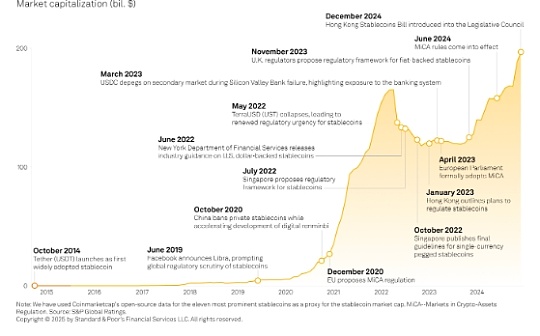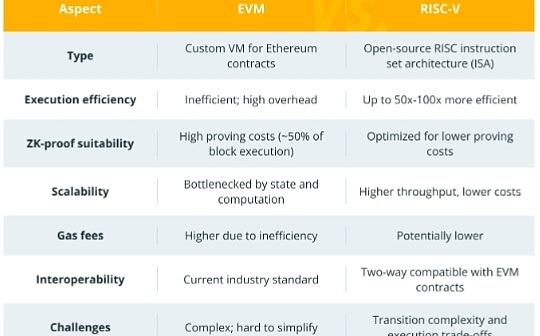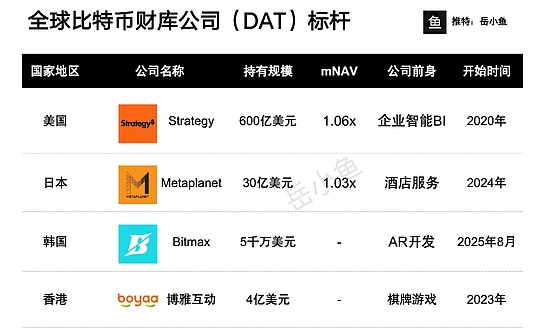
Author: Shailey Singh, CoinTelegraph; Compiled by: Deng Tong, Bitchain Vision
1. What is Bitcoin halving, and how does it have to do with cross-chain interoperability?
The Bitcoin protocol reduces the supply of new Bitcoin by 50% through the quad-annual Bitcoin halving.This means that Bitcoin miners’ income has decreased by 50% (in BTC) and has an indirect impact on cross-chain interoperability.
Bitcoin halving events that occur approximately every four years reduce the block rewards of Bitcoin miners.The halving process was hardcoded into the Bitcoin protocol by its elusive creator Satoshi Nakamoto, and the supply of 21 million Bitcoins (BTC) was also limited.
The last three halvings occurred in 2012, 2016 and 2020.The first Bitcoin halving in 2012 reduces the reward for mining a block from 50 BTC to 25 BTC.The impact of the next Bitcoin halving is expected to occur in April 2024, with the halving cycle continuing until 2140, when the last Bitcoin will be mined.
Cross-chain interoperability refers to the ability of different blockchain networks to seamlessly share information and value.It allows users and assets to move smoothly, facilitating the integration of blockchain with a more integrated and efficient financial ecosystem.
In the cryptocurrency market, Bitcoin is known for its impact on scarcity and value and has become a behemoth with an unparalleled market dominance.However, due to its Proof of Work (PoW) mechanism and its intrinsic design as a highly inoperable chain, the Bitcoin blockchain is disconnected from cross-chain collaborative discussions.Bitcoin’s standout and market dominance still make it worthy of consideration in discussions about interoperability, albeit more indirectly.
2. The impact of Bitcoin halving on network congestion and transaction fees
As mining rewards decrease, miners may be more aggressive in competing to validate transactions, which can lead to network congestion.
The Bitcoin halving is designed to control the issuance of new Bitcoins and to maintain the scarcity that supports its value.A significant consequence of this event is its impact on the congestion and transaction fees of the Bitcoin blockchain network.
After the halving event occurs, block rewards are reduced and miners may need to adjust their strategies to maintain profitability.As miners become more picky about block transactions, users who offer higher fees gain priority, creating a competitive environment.The overall decline in block rewards, coupled with the increase in user activity that is often observed during the halving event, has led to a surge in transactions and exacerbated network congestion.
This surge, coupled with the market-driven response to increased transaction fees during high demand periods, could prompt users to consider alternative blockchains that may have lower fees, faster transactions or better cross-chain compatibilityadvantages such as sex.Although difficult to accurately measure, this trend reflects the dynamics and evolving nature of the cryptocurrency industry.

The Bitcoin halving incident triggered a chain reaction that affected network congestion and transaction fees.Reducing block rewards, changing miner behavior and increasing user activity creates an environment where transaction fees become more competitive.
3. Investors seek alternatives when Bitcoin issuance rate drops
As Bitcoin issuance rates decline, investors are looking for alternative options on other blockchains.
The Bitcoin halving prompted investors to reassess risk and return dynamics, which traditionally view Bitcoin as a lucrative investment, partly due to its deflationary nature.As the Bitcoin halving event leads to a slowdown in the creation of new Bitcoin, its growing scarcity has enhanced its appeal as a “digital gold.”
However, investment dynamics in the cryptocurrency space are complex and multifaceted.In the pursuit of portfolio diversification and risk reduction, investors often explore alternative blockchain projects that provide different functions, utility, or potential returns.
Investors seeking alternatives require enhanced cross-chain interoperability as investors seek to invest in diversified blockchain projects and smoothly transfer value and assets between these platforms.An interoperable multi-chain ecosystem has also become crucial, enabling seamless transactions and interactions between different blockchains, thus expanding the scope of investment strategies and risk management.
Cross-chain interoperability acts as a bridge, allowing assets and value to move seamlessly between different blockchains.As more and more capital flows into alternative blockchains, the demand for efficient, secure, and user-friendly cross-chain interaction mechanisms continues to grow.This in turn stimulates innovation in the field, creating complex multi-chain platforms and interoperability protocols that can adapt to a wide range of financial services and products.
The interaction between Bitcoin issuance rates and investor behavior highlights a broader trend of decentralization and creates an environment for the maturity of cryptocurrency markets.
4. The significance of cross-chain interoperability solutions
Cross-chain interoperability solutions add a layer of meaning to the Bitcoin cycle by improving market efficiency and capital allocation.
Cross-chain interoperability solutions are crucial to changing the cryptocurrency landscape by solving fragmentation problems and enhancing liquidity across blockchains.The background of the Bitcoin halving event adds a layer of importance to the role these solutions play in improving market efficiency.
Cross-chain interoperability solutions may help reduce arbitrage opportunities arising from price differences between different blockchains.As assets move seamlessly over interconnect networks, the price difference between the same assets on different chains narrows, thereby improving market efficiency.This is especially important during periods of increased volatility, such as the Bitcoin halving event, where price differences may be more pronounced.
Bitcoin halving events have led to market volatility and increased cryptocurrency trading activity as investors react to changing supply dynamics.During this period, effective capital allocation is crucial to optimizing returns and managing risks.Cross-chain interoperability solutions facilitate this process by enabling seamless movement of assets between different blockchains.Investors can quickly redistribute funds to take advantage of emerging opportunities or mitigate potential losses.
Packaged tokens pegged to the value of assets on a blockchain reflect the impact of cross-chain interoperability on liquidity and market efficiency.For example, Wrapped Bitcoin (WBTC) is an Ethereum-based token that is pegged to the value of Bitcoin.The token allows users to participate in the value of Bitcoin in the Ethereum ecosystem, unlocking opportunities for decentralized financial applications.Users can leverage their Bitcoin value in a variety of financial instruments, such as borrowing and lending and trading, without directly interacting with the Bitcoin blockchain.
The relationship between Bitcoin halving events, market volatility and cross-chain interoperability solutions is indirect but complex.With the development of the cryptocurrency landscape, interoperability has become increasingly important, shaping a more interconnected and efficient financial future for blockchain networks and users.








